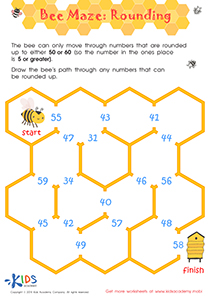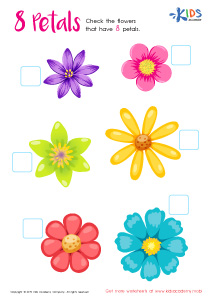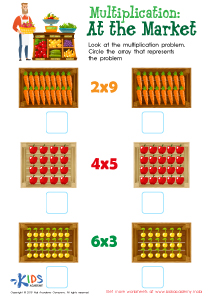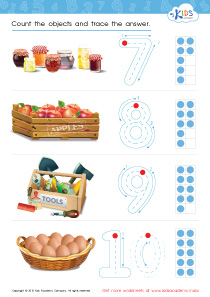Normal Numbers 11–20 Worksheets for Ages 4-6
4 filtered results
-
From - To
Introducing our engaging set of worksheets focused on Normal Numbers 11–20, perfectly tailored for young learners aged 4-6. This captivating collection is designed to introduce and reinforce the understanding of numbers 11 through 20 in a fun and interactive way. Crafted with care, these worksheets blend colorful visuals with age-appropriate activities that not only educate but also entertain. Ideal for both classroom and home use, our Normal Numbers 11–20 worksheets for Ages 4-6 are your go-to resource for nurturing early numerical skills and confidence in young minds. Embark on this exciting numerical journey and watch your little ones thrive!
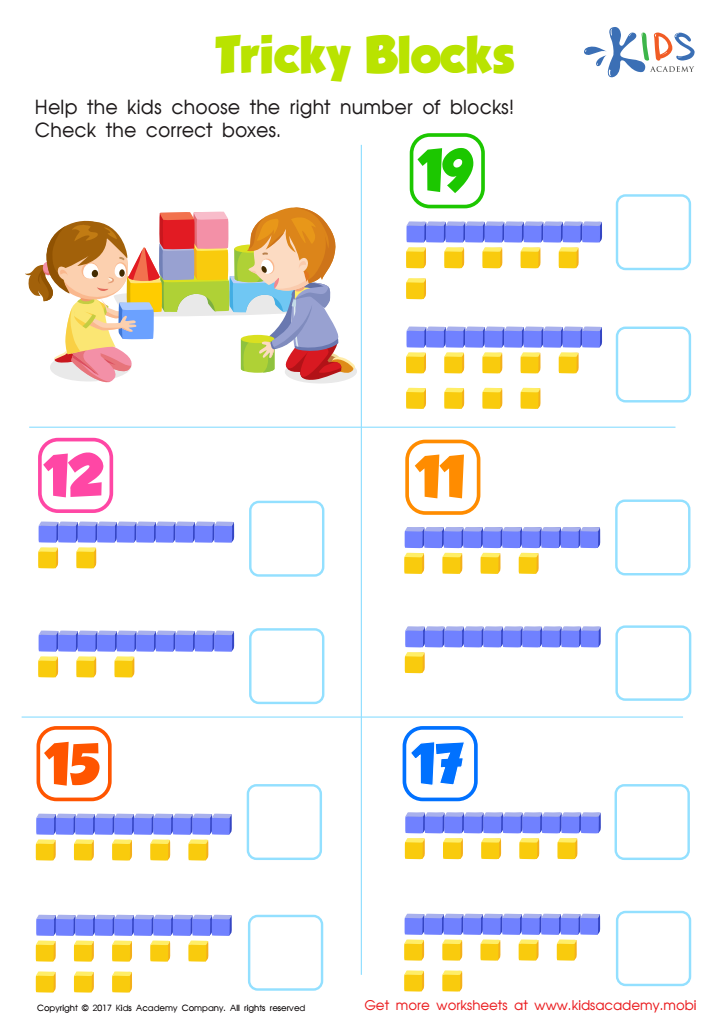

Tricky Blocks Worksheet
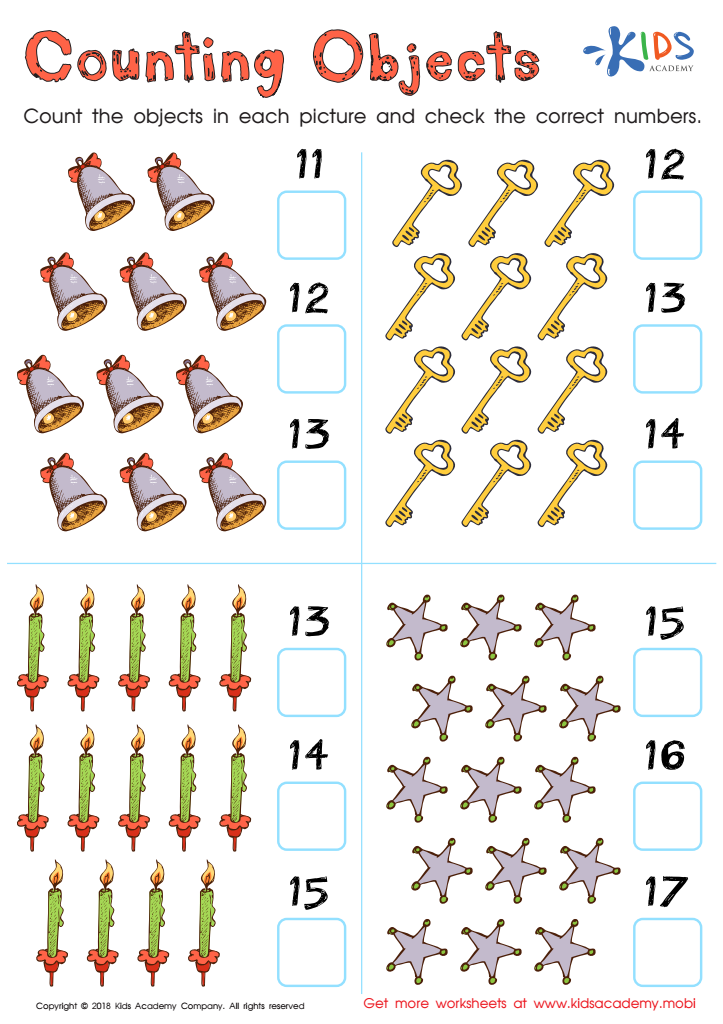

Counting Numbers Worksheet For Kindergarten
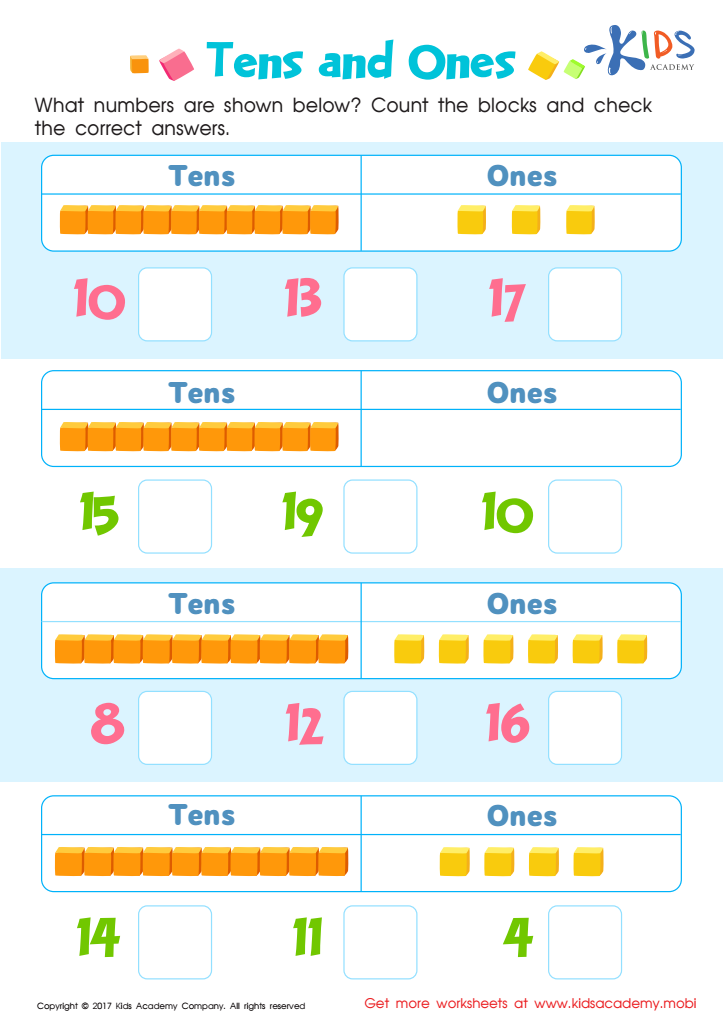

Tens and Ones Worksheet
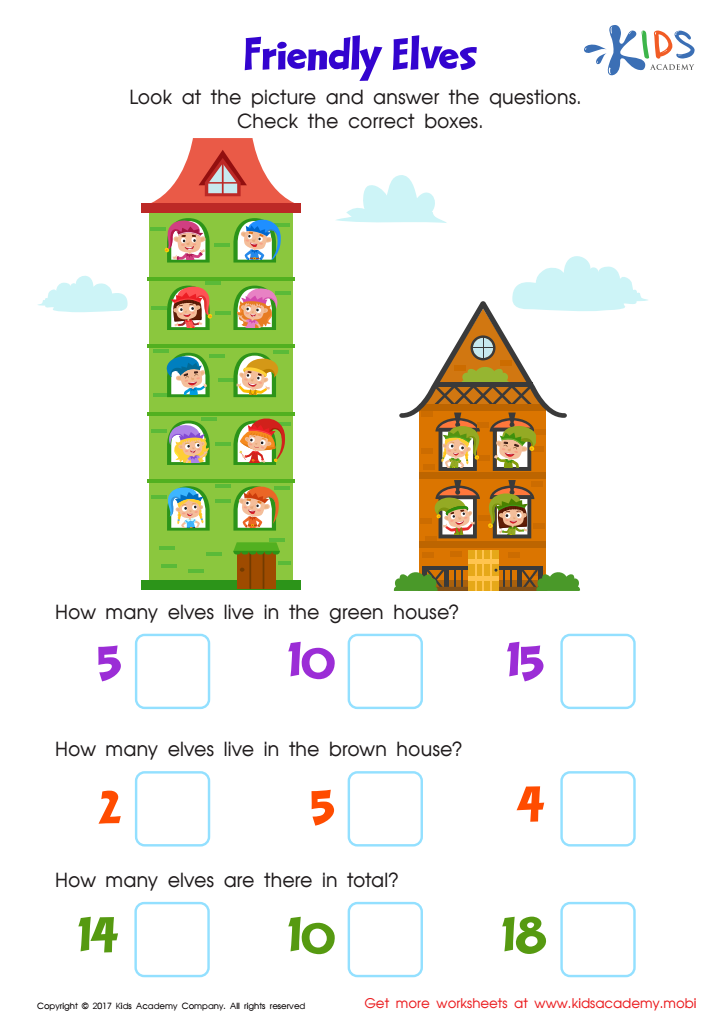

Place Value: Friendly Elves Worksheet
Normal Numbers 11–20 worksheets cater specifically to the educational needs of children ages 4-6, providing a focused approach to learning that is both engaging and effective. At this critical stage of development, understanding the concept of numbers beyond 10 lays the foundation for advanced mathematical skills. The Normal Numbers 11–20 worksheets are designed to introduce these essential numerical concepts in a manner that is accessible and enjoyable for young learners.
One of the primary reasons these worksheets are so useful is that they bridge the gap between basic counting and more complex number recognition and operation. For children in the 4-6 age group, mastering numbers 11–20 is a pivotal step towards developing arithmetic skills, understanding place value, and eventually, tackling addition and subtraction. The worksheets encourage children to recognize, count, and write numbers in this range, thereby reinforcing their learning through repetition and practice.
Moreover, the tailored content of Normal Numbers 11–20 worksheets aligns with the cognitive abilities of children aged 4-6, ensuring that the learning material is neither too simple nor too challenging. This balance helps to maintain their interest and boost confidence as they successfully navigate through the exercises. Engaging activities, such as matching, coloring, and tracing, make the learning process fun and interactive, fostering a positive attitude towards math that will benefit them in the long run.
 Assign to the classroom
Assign to the classroom
